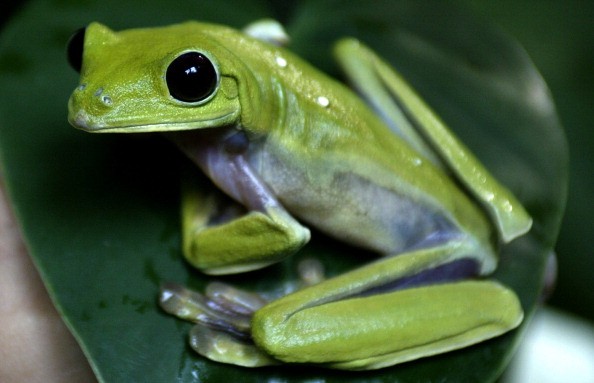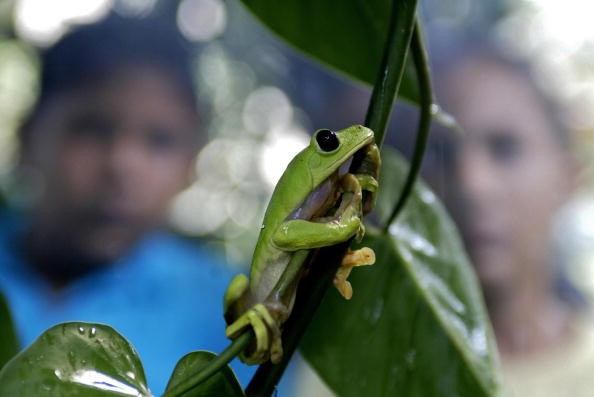Over the past few weeks, emails have been received from perturbed people who have noticed sick and lifeless frogs across eastern Victoria, New South Wales, and Queensland.
One person wrote: "About a month ago, I noticed the Green Tree Frogs living around our home showing signs of lethargy & ill health. I was devastated to find about 7 of them dead."
Another added that a healthy population of green tree frogs was seen before now and a couple of months ago a frog that had turned brown was noticed. More of them was spotted and numerous found dead around their property
And another said she'd noticed so many lifeless frogs on her everyday runs she had to "seriously wonder how many more are there."

Green Tree Frog
So what's happening? The simple answer is no one knows. How many frogs have passed on and why it is mysterious, and the help of the people across Australia is needed to solve the issue.
Frogs are an essential part of healthy Australian ecosystems. Normally, they are tiny and unnoticed, they're a crucial thread in the food web, and a type of glue in the environment that keeps ecosystems working. Populations of healthy frogs usually indicate that the environment is healthy.
Australia's Frog Populations
Frogs consume great amounts of invertebrates, and also pest species, and they're a primary source of food for a wide species of other wildlife, such as mammals, birds, and reptiles. Polliwogs fill both our creeks and dams, they help in keeping algae and mosquito larvae in check while they equally serves as food for fish and other wildlife.
But many frog populations in Australia are threatened by various, compounding threats, including climate change, loss of habitat, invasive animals, plants, and diseases.
Fortunately, not less than 42 native frog species are found in Australia, 35 are said to be threatened with extinction. Not less than four are said to be extinct: the northern and southern gastric-brooding frogs - Rheobatrachus silus and Rheobatrachus vitellinus, the sharp-snouted day frog - Taudactylus acutirostris, and the southern day frog - Taudactylus diurnus.

Mass Death Event
In most cases, it's unlikely to sight a dead frog. Most of them are naturally secretive and when they pass on, they decompose quickly. So the increasing reports of dead and sick frogs over the last few months from across eastern Australia are astonishing, putting it mildly.
While the initial cold snap of every year can go along with a few death of localized frogs, this issue has touched more animals over a wider range than formerly encountered. This is actually a rare amphibian mass death event.
In this outbreak, frogs look either darker or lighter than usual, sluggish, seen in the daytime (they're nocturnal animals), and are emaciated. Some frogs possess red feet, red bellies, and too much sloughed skin.
Related Article : World's First Ever Flourescent Frog Discovered in South America
For more news, updates about frogs and similar topics don't forget to follow Nature World News!
© 2025 NatureWorldNews.com All rights reserved. Do not reproduce without permission.





